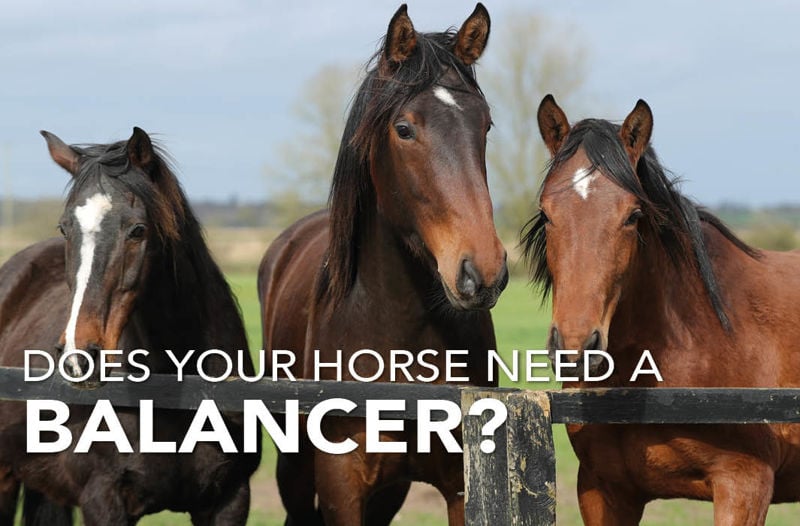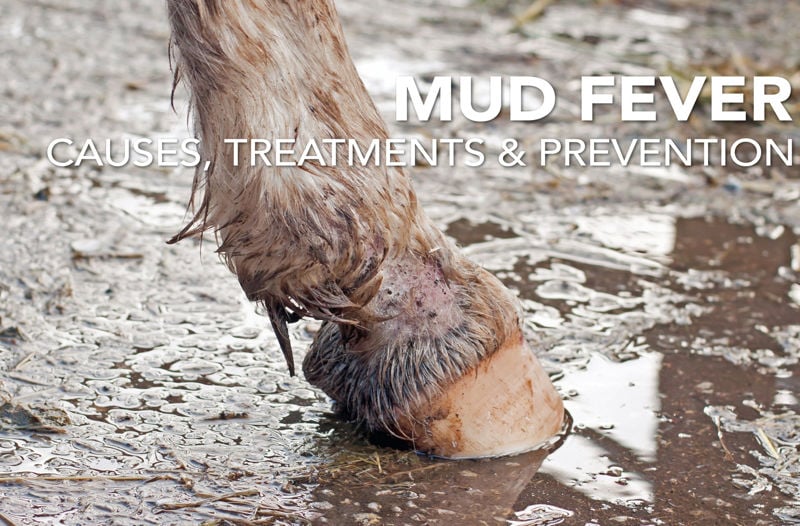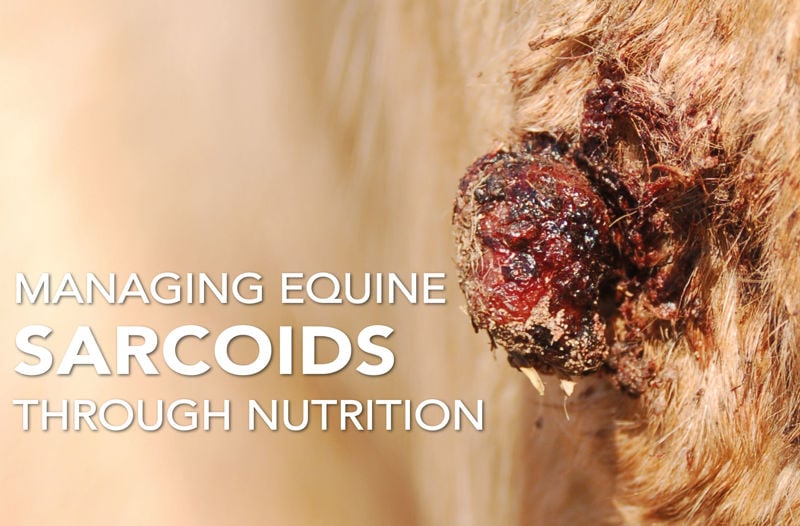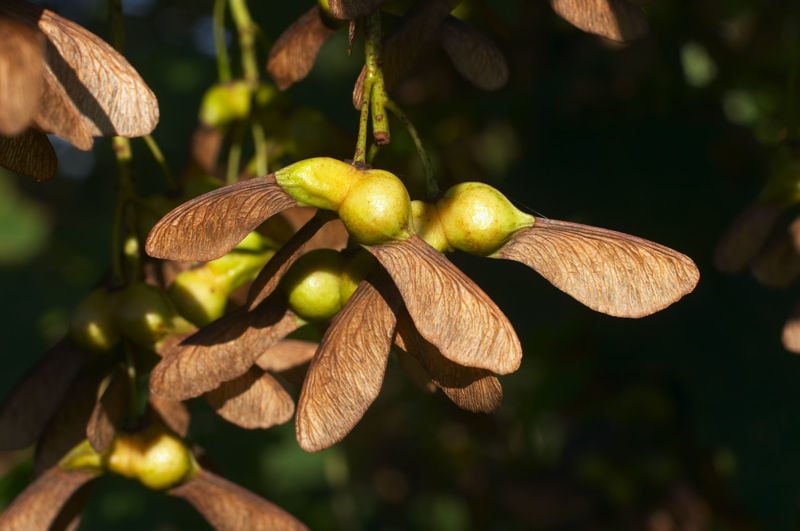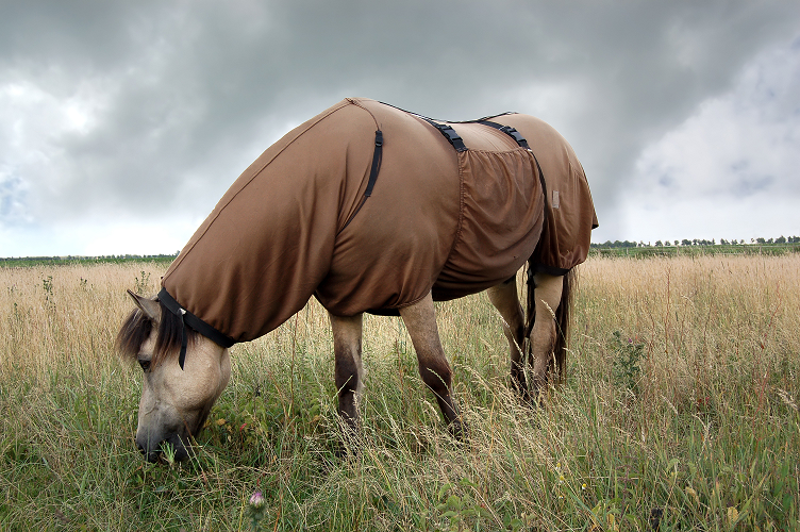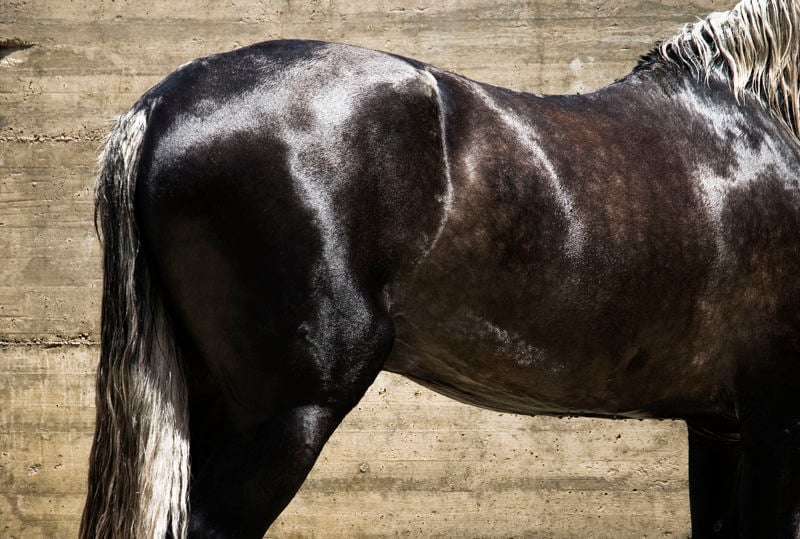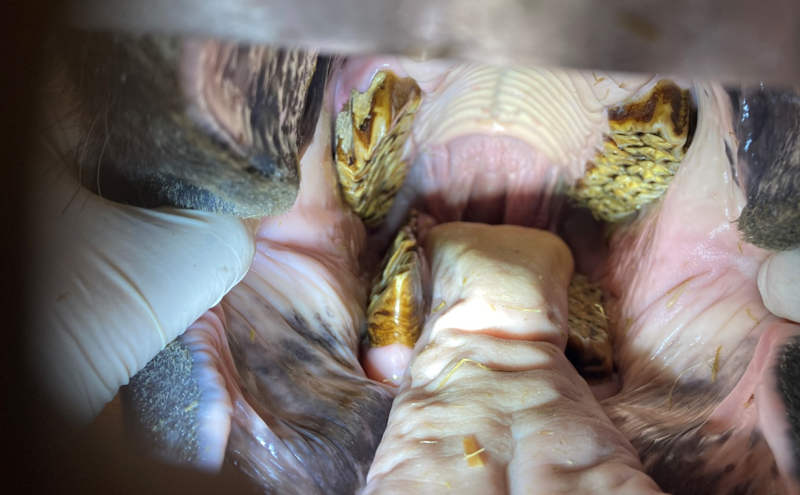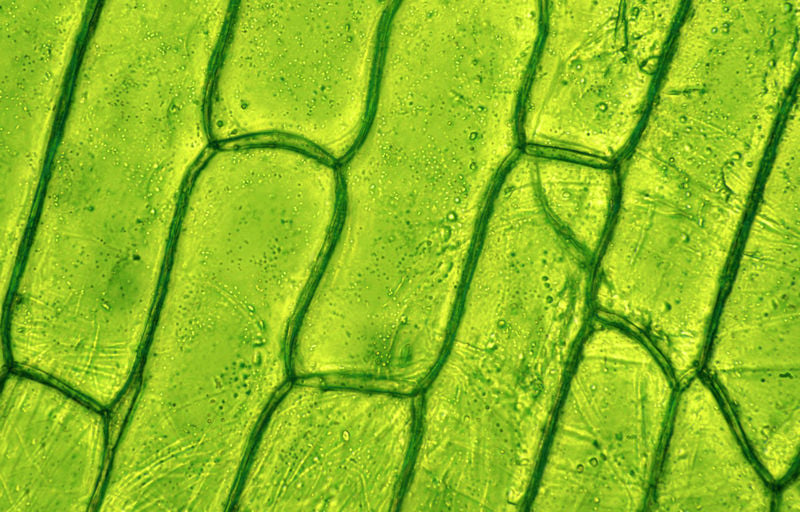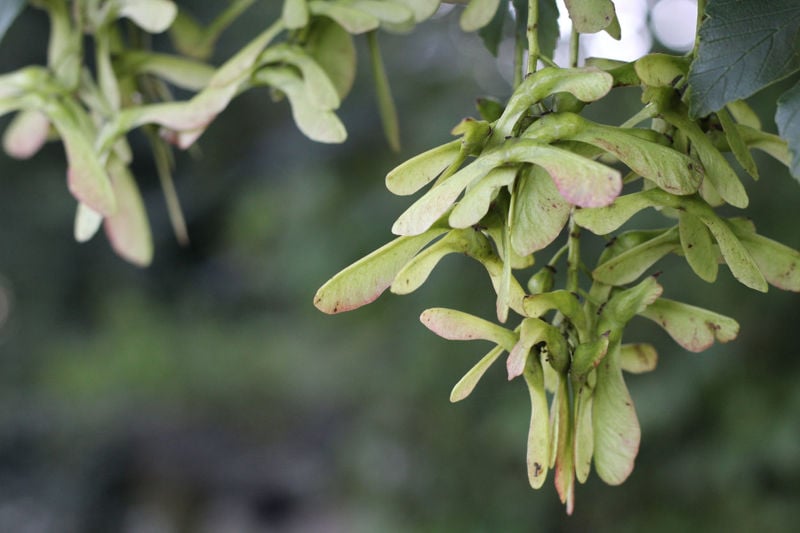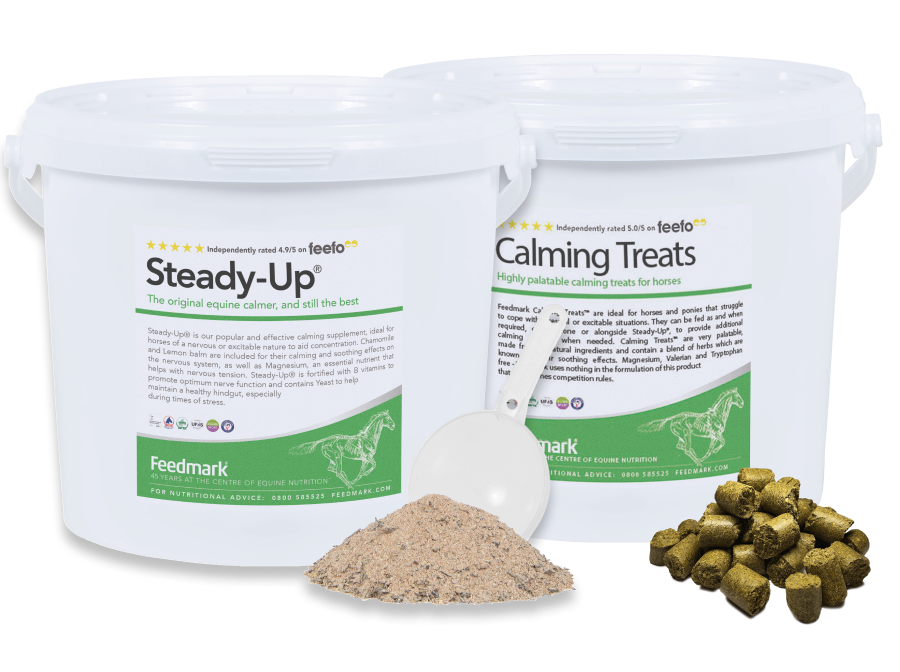Our Senior Nutritionist investigates equine feed balancers, how they differ from general vitamin and mineral supplements and what types of horses may benefit from them.
Filters
Blog Options
Blog archive
- 2025
- 2024
- 2023
- 2022
- 2021
- 2020
- 2019
- 2018
- 2017
- 2016
- 2015
Close
45 YEARS AT THE CENTRE OF EQUINE NUTRITION™

- Bespoke All-in-One™
-
Products
- Back
- Horse Joint Supplements
- Horse Digestion Supplements
- Horse Muscle Supplements
- Horse Vitamins & Minerals
- Horse Calming Supplements
-
Horse Respiratory Supplements
- Back
- Clarity®
- Horse Hoof Supplements
- Horse Skin & Coat Supplements
- Horse Health Supplements
- Supplements for Older Horses
- Horse Breeding Supplements
-
Horse Hormone Supplements
- Back
- Hormonease™
- Horse Treats
-
Herbs for Horses
- Back
- Boswellia
- Burdock Root
- Celery Seed
- Chamomile
- Chastetree Berry
- Cider Apple Vinegar
- Cinnamon
- Clivers
- Comfrey
- Dandelion Roots & Leaves
- Devil's Claw
- Echinacea
- Fenugreek Seeds
- Fussy Feeder
- Garlic Powder
- Hawthorn
- Hedge Herbs
- Liquorice
- Marigold Flowers
- Marshmallow Root
- Meadowsweet
- Milk Thistle Seeds
- Mint
- Nettle
- Rosehips
- Seaweed
- Slippery Elm
- Spirulina
- Turmeric
- Yucca
- Canine
- Gift Cards / Rewards
- ABOUT US
- Contact Us
- Knowledge base
Menu
-
Products
- Back
- Horse Joint Supplements
- Horse Digestion Supplements
- Horse Muscle Supplements
- Horse Vitamins & Minerals
- Horse Calming Supplements
-
Horse Respiratory Supplements
- Back
- Clarity®
- Horse Hoof Supplements
- Horse Skin & Coat Supplements
- Horse Health Supplements
- Supplements for Older Horses
- Horse Breeding Supplements
-
Horse Hormone Supplements
- Back
- Hormonease™
- Horse Treats
-
Herbs for Horses
- Back
- Boswellia
- Burdock Root
- Celery Seed
- Chamomile
- Chastetree Berry
- Cider Apple Vinegar
- Cinnamon
- Clivers
- Comfrey
- Dandelion Roots & Leaves
- Devil's Claw
- Echinacea
- Fenugreek Seeds
- Fussy Feeder
- Garlic Powder
- Hawthorn
- Hedge Herbs
- Liquorice
- Marigold Flowers
- Marshmallow Root
- Meadowsweet
- Milk Thistle Seeds
- Mint
- Nettle
- Rosehips
- Seaweed
- Slippery Elm
- Spirulina
- Turmeric
- Yucca
- Canine
- Gift Cards / Rewards
- ABOUT US
- Contact Us
- Knowledge base
Dr. Stephanie Hyland BSc (Hons)
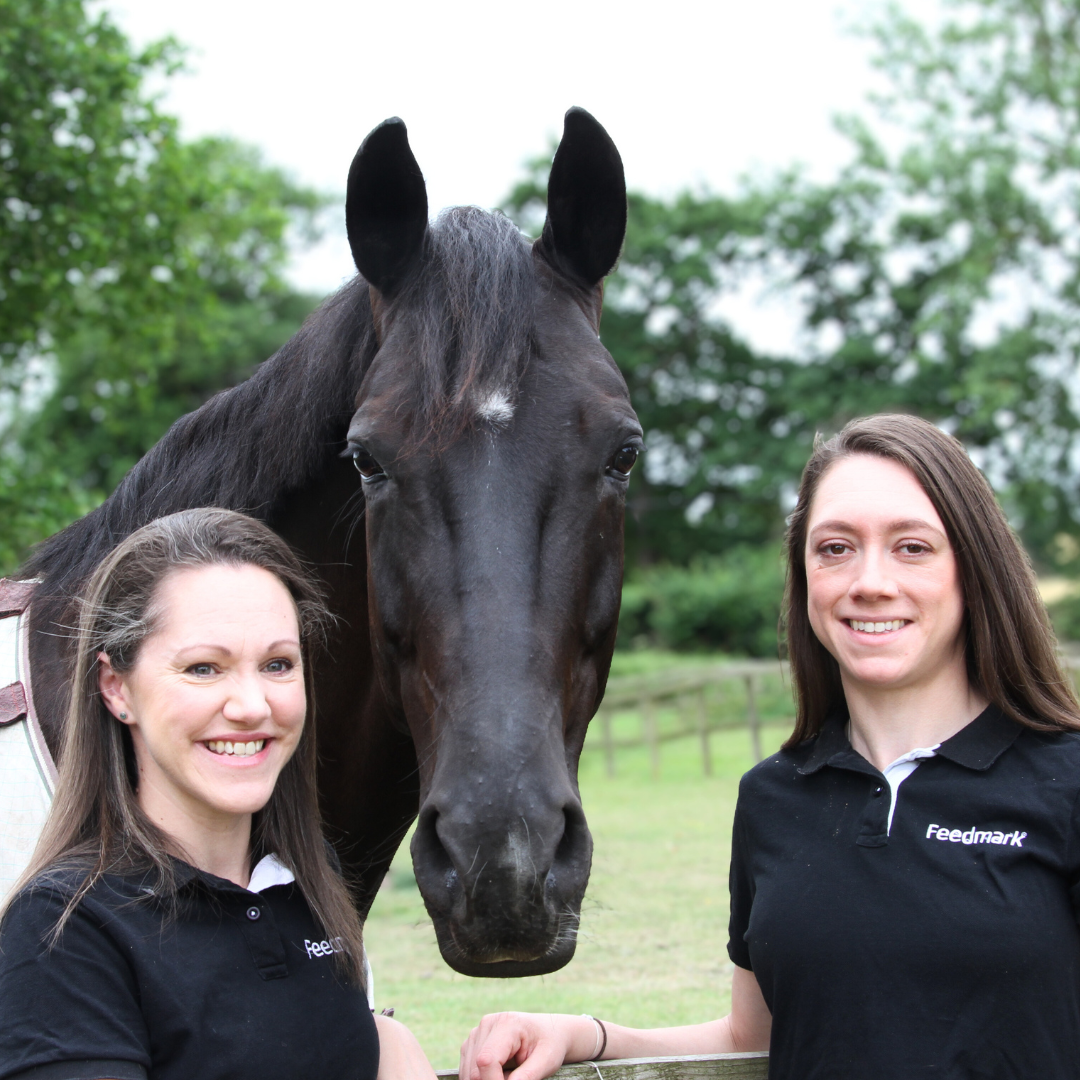 Call Stephanie Hyland MSc RNutr. or
Call Stephanie Hyland MSc RNutr. or
Sophie Pelham Burn MMedSci ANutr.
on 0800 585525 for
free qualified equine nutrition advice
 Call Stephanie Hyland MSc RNutr. or
Call Stephanie Hyland MSc RNutr. or
Sophie Pelham Burn MMedSci ANutr.
on 0800 585525 for
free qualified equine nutrition advice
Blog posts tagged with 'equine'
Discover the causes, symptoms, and effective treatments for Mud Fever in horses. Learn how to prevent this common condition and keep your horse's skin healthy.
Equine sarcoids are found commonly amongst horses, affecting breeds of all ages and sexes. Stephanie Hyland (MSc. RNutr.), investigates how sarcoids can be managed through nutrition...
Anouk Frieling discusses atypical myopothy (AM) and the effects if has on the horses muscles.
Feedmark's Assistant Nutritionist, Rebecca Allan, looks at the cause, diagnosis and treatment of sweet itch, a common seasonal allergic condition that affects a wide range of horses and ponies.
We consider how to maintain skin health in winter, common skin conditions that horse owners are likely to encounter, their treatment and what we can do to prevent them.
Andrew Peffers BVetMed Cert AVP (Equine Dentistry) BAEDT MRCVS takes an in-depth look at some dental diseases affecting horses, and explains why regular dental care is so important.
As horse managers we are aware that time at grass is important for our equine companions. Dr. Simon Daniels explores what is the real nutrient content of grass for horses.
Our Nutritionist investigates what Atypical Myopathy is and how you can reduce the risk for your horse
Keeping our equine friends entertained whilst stabled can be a challenging task, so we sought help from leading stars in the Dressage and Eventing worlds... Here are some helpful tips and tricks from our talented Feedmark Riders, to assist you in keeping your horse calm and happy during prolonged periods in the stable.
We’ve probably all heard the phrase “No hoof, no horse” but perhaps never really thought much of it - did you know that the horse’s hoof contains complex structures which scientists are still trying to understand today!?
The circulatory system is extremely complex and works alongside most of the other systems in the horse’s body. Our Nutritionist breaks the circulatory system down into its main components and explains what you can do to support your horse’s cardiovascular health…
Copyright © 2025 Feedmark Ltd. All rights reserved.
